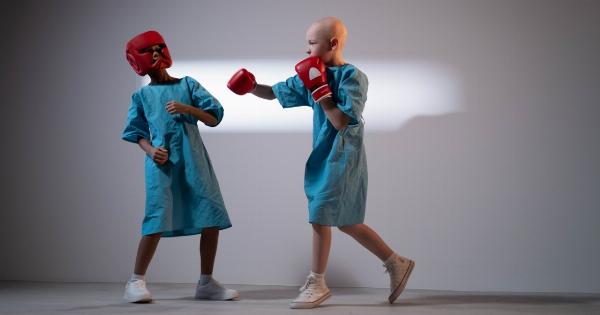According to the International Agency for Research on Cancer (IARC), alcohol consumption led to approximately 3.6% of all cancer-related deaths in the world in 2020, contributing to 365,000 fatalities.
The study also revealed that alcohol consumption increases the risk of developing several types of cancer, including:.
Head and Neck Cancer
Alcohol consumption is one of the primary causes of head and neck cancers. This type of cancer includes tumors that develop in the mouth, throat, and larynx. In fact, almost 75% of head and neck cancers occur in people who consume alcohol frequently.
Liver Cancer
Heavy alcohol consumption can lead to inflammation and scarring of the liver (cirrhosis). This condition can result in liver cancer, accounting for approximately 33% of liver cancer cases.
Breast Cancer
Although alcohol consumption alone is not considered a direct cause of breast cancer, there is a clear correlation between consuming alcohol and the risk of developing breast cancer.
According to the IARC study, consuming two standard drinks of alcohol per day increases a woman’s risk of breast cancer by 7-10%.
Colorectal Cancer
Consuming alcohol leads to several changes in the digestive system and increases the risk of developing colorectal cancer.
According to some estimates, people who consume three or more drinks a day are at a 50% higher risk of developing colorectal cancer than non-drinkers.
Esophageal Cancer
Excessive alcohol consumption can lead to lesions in the esophagus, which can turn into cancer in the long term.
Esophageal cancer has been found to be closely associated with excessive alcohol consumption, and studies have found that people who consume three or more drinks a day are at least 2-3 times more likely to develop it.
Why Does Alcohol Cause Cancer?
Studies have shown that alcohol consumption can cause DNA damage and oxidative stress, which can lead to cancer in the long run.
The body tries to repair DNA damage that arises from different sources, including alcohol. However, if the body can’t repair the damage, it may lead to mutations in genes that regulate cell growth.
These mutations can cause cells to grow out of control and develop into cancerous tumors over time. This process may take years, and in some cases, decades to show up as cancer.
How Much Alcohol Is Too Much?
There is no clear answer to this question, as the amount of alcohol that can cause cancer varies from individual to individual, depending on factors such as age, gender, genetic predisposition, and other environmental factors.
However, the IARC study found that the more alcohol one drinks, the higher the risk of developing cancer.
The National Cancer Institute recommends that men should consume no more than two alcoholic drinks a day, and women should consume no more than one drink a day.
One drink is equivalent to 12 ounces of beer, 5 ounces of wine, or 1.5 ounces of distilled spirits. People who choose to consume alcohol should be aware of the risks and try to consume the lowest amount possible.
Conclusion
The IARC study clearly highlights the association between alcohol consumption and cancer and emphasizes the importance of moderation in alcohol consumption.
Individuals should be aware of their alcohol intake and make conscious choices to reduce the risks posed by alcohol consumption.



























